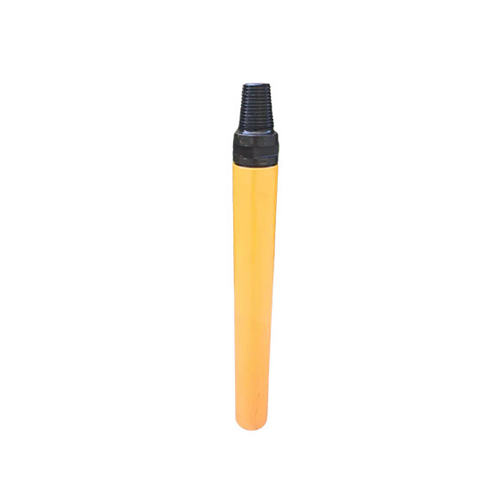Drilling in clay formations:
(1) Clay and clay shale formations are highly water-sensitive formations, and the rocks are soft and swell after absorbing water, causing the borehole to shrink. The manufacturer of ql60 dth hammer tells you that most of the methods of drilling such formations are rotary drilling. When the DTH hammer encounters such formations, it is very easy to get muddled drills, forming mud pockets or mud rings, resulting in stuck and buried drill accidents. The manufacturer of ql60 dth hammer tells you that the usual method for core drilling to deal with such formations is to add various flushing fluid additives, such as water glass, PAM, PHP low-solid phase mud, etc., aiming to use high-quality mud retaining walls to reduce water loss.
(2) Practice shows that when the DTH hammer drills into the clay layer, the footage is still very fast, but in order to avoid the difficulty of lifting the drill caused by necking, decompression drilling should be used, and the drilling tool should be moved up and down repeatedly after a certain depth of footage , carry out hole sweeping, and wait until the clay stress is basically released and no longer necks down. The manufacturer of ql60 dth hammer tells you that if it is difficult to lift the drill due to necking, the following measures should be taken: first, lift the drill, use the power head to lift the drill to the highest point; second, drill and grind, let the power head drive the drill The tool keeps rotating; the third is to move the drilling tool up and down, and after turning in place for about 10 minutes, use the power head to move up and down for about 1 minute. In order to effectively solve or avoid mud bags and mud rings and prevent accidents, foam should be added to the holes during the period, because of its small specific gravity, low water content, and good lubrication, it can effectively reduce the clamping effect of clay on drilling tools.


